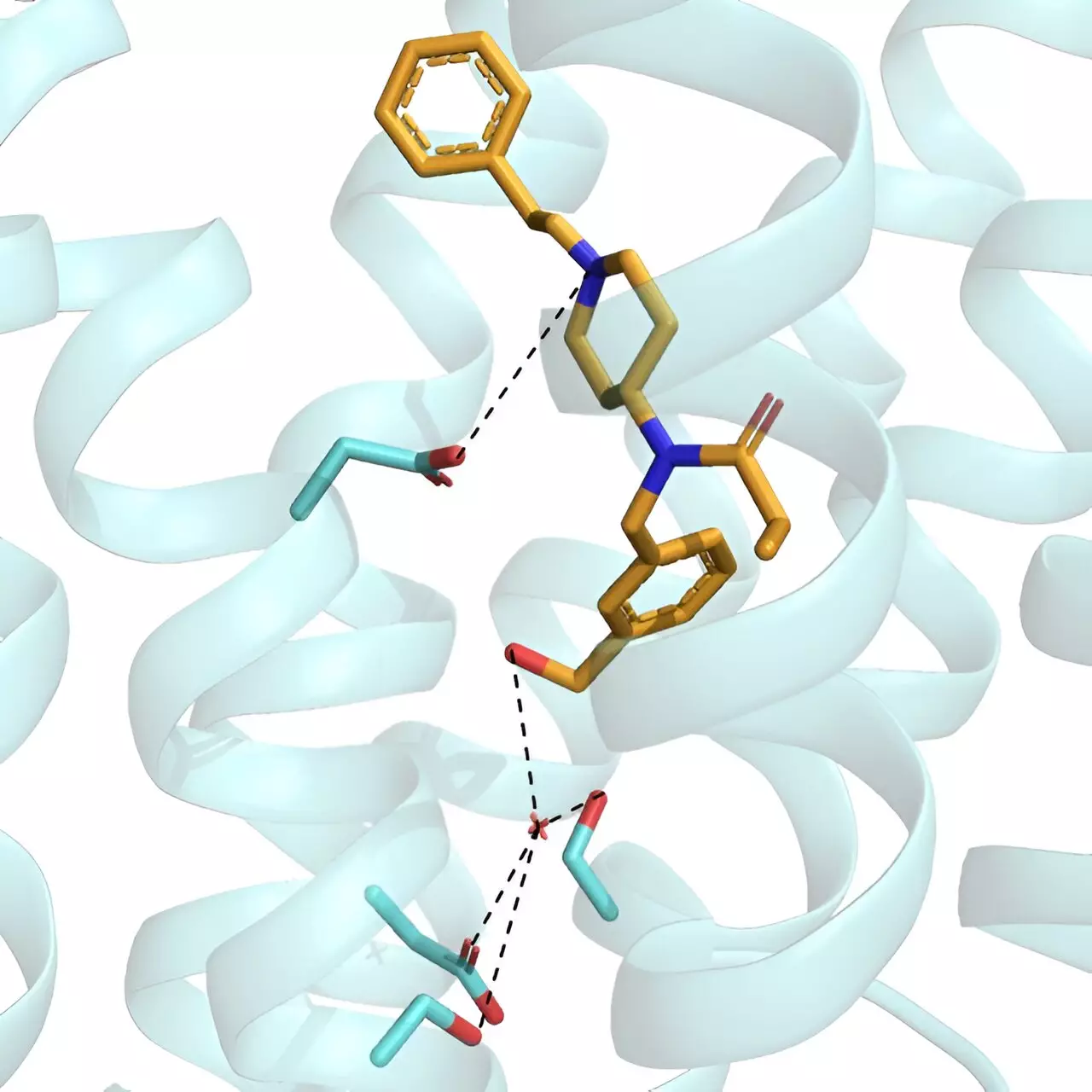Opioids have long been heralded as among the most effective solutions for alleviating intense pain, offering hope to those suffocated by chronic and debilitating conditions. However, this reliance on opioid medications carries an ominous shadow: the specter of addiction. The delicate balance between pain relief and the risk of misuse defines the ongoing narrative of opioid medications. Individuals seeking respite can unwittingly become ensnared in a cycle of physical dependency, and the consequences can be dire, leading not only to severe withdrawal symptoms but also, in tragic cases, to fatal overdoses. This paradox emphasizes the urgent need for innovative solutions that can provide relief without the perilous side effects often associated with conventional opioids.
Innovations in Opioid Research
Recent research, spotlighted in a pivotal study from ACS Central Science, illuminates a promising path towards the development of safer opioids. Researchers have adeptly shifted their focus from the conventional binding sites of opioid receptors to more unconventional territories, unveiling a new method to design opioids that may mitigate the risk of addiction and overdose. The traditional approach has primarily centered on identifying compounds that latch onto the active sites of opioid receptors—locations where the body’s own analgesics exert their pain-suppressing effects. However, by exploring alternative binding sites, researchers have opened the door to novel compounds that can activate these receptors with a reduced risk profile.
The study highlights the experimental compound RO76, derived from fentanyl, which possesses a distinct ability to bind outside the conventional active site. This innovative mechanism presents an exciting opportunity to modulate the effects of opioids and could represent a significant breakthrough in pain management strategies.
Breaking Barriers: The Journey of RO76
One of the more formidable challenges of opioid research lies in the blood-brain barrier—a formidable shield protecting the brain from various substances. Previous endeavors, such as efforts to utilize C6 guano, have demonstrated the potential for opioid activity outside traditional binding areas, yet they faltered when it came to efficiently traversing this barrier. The team led by Susruta Majumdar and colleagues tackled this limitation head-on by synthesizing a series of compounds designed to navigate this biological fortress effectively.
Their perseverance culminated in the identification of RO76, which has not only validated the hypothesis regarding unconventional binding preferences but also demonstrated promising efficacy in preclinical pain models. In the experimental trials with mice, RO76 exhibited pain relief comparable to morphine, which is no small feat given morphine’s established dominance in pain relief. Yet the most groundbreaking finding involved the compound’s low impact on respiratory rates, a crucial determinant of opioid safety. Unlike its predecessors, RO76 may offer a groundbreaking approach toward alleviating pain while circumventing one of the most perilous side effects associated with opioid use.
Implications for Future Pain Management
The implications of RO76’s development extend beyond laboratory findings. They suggest a potential paradigm shift in how we approach pain management. The efficacy demonstrated in animal models implies that RO76 could pave the way for oral medications that not only alleviate pain but also maintain a safer profile than traditional opioids. The notion of combining effective pain management with reduced addiction risk is an intoxicating prospect for medical professionals and patients alike.
Moreover, as the research progresses, it beckons a broader conversation around opioid prescribing and the responsibilities of healthcare providers. The landscape of pain management is critical and nuanced; as novel compounds like RO76 emerge, they offer a beacon of hope amidst the opioid crisis. While the road from bench to bedside is fraught with challenges, the groundwork laid by this innovative research could indeed lead to a safer, more effective future in pain relief and mark a crucial step in curbing the opioid epidemic.
In a medical landscape craving reform, RO76 symbolizes more than just a new drug—it embodies the relentless pursuit of solutions that prioritize patient welfare while reducing the risks associated with pain management. The journey of exploring safer opioids has just begun, and the horizon looks remarkably more promising than it did before.


Leave a Reply